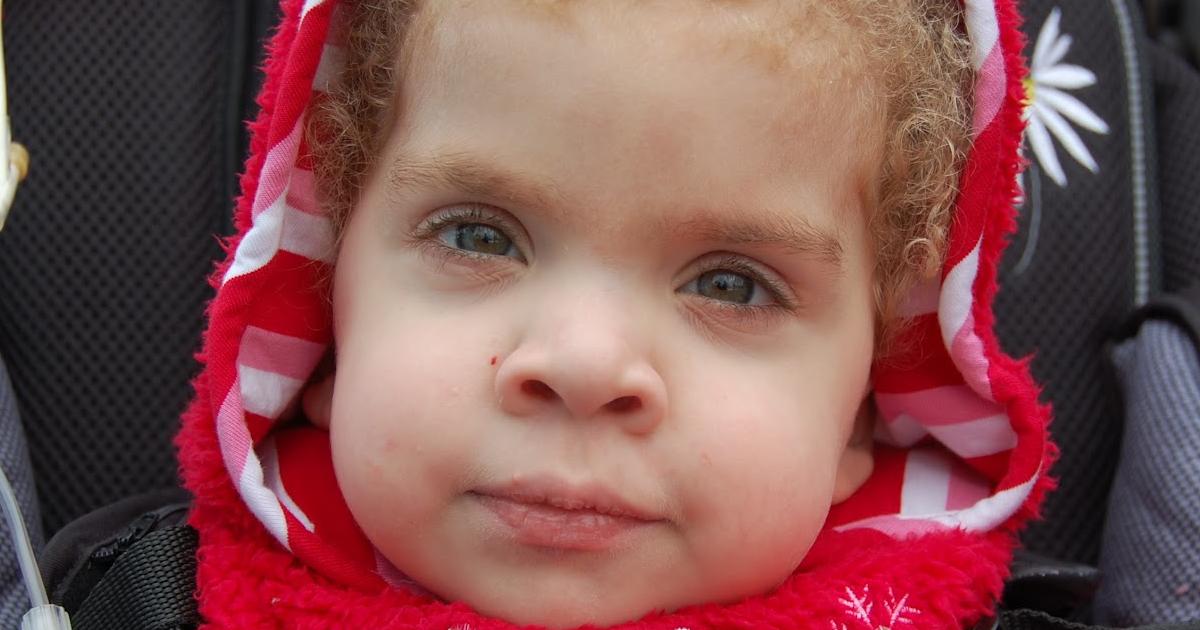Guide To The Causes And Risk Factors For Rhabdomyosarcoma
The immature cells that form into muscular cells are referred to as rhabdomyoblasts. When cancer develops in the rhabdomyoblasts in an individual, it is called rhabdomyosarcoma. Rhabdomyosarcoma can develop in any part of the body because voluntary skeletal muscles are abundant and widely distributed, though it forms most commonly in the urinary organs, chest, abdomen, arms, legs, reproductive organs, neck, and head.
Symptoms of rhabdomyosarcoma include eye-bulging, nosebleeds, headache, throat swelling, ear swelling, hematuria, vaginal bleeding, rectal bleeding, and a visible lump in a limb. Rhabdomyosarcoma is diagnosed using a physical examination, blood tests, x-rays, CT scans, PET, bone scans, MRIs, and tissue biopsy. Treatment may include radiation therapy, chemotherapy, and surgery.
Age And Gender

An individual's age and gender can cause them to be at higher risk of developing rhabdomyosarcoma than others. Out of all cases of cancer diagnosed in individuals younger than twenty years old, around seven percent are soft tissue sarcomas. Out of all pediatric childhood soft tissue sarcomas, forty percent are diagnosed with rhabdomyosarcoma. Over half of all cases of rhabdomyosarcoma are diagnosed in individuals under ten years old. Rhabdomyosarcoma is diagnosed in males more often than it is in females.
A correlation has been made that suggests there is a more significant diagnosis ratio gap between males and females when rhabdomyosarcoma is diagnosed in their adolescence versus during their childhood. The only conclusion made regarding the higher rate of male rhabdomyosarcoma diagnosis than females is associated with a general correlation of larger soft tissue mass and volume in males than in females, such as muscle.
Costello Syndrome

A Costello syndrome patient may develop rhabdomyosarcoma as a complication of their genetic disorder. Costello syndrome affects multiple systems around the body and is characterized by loose skin, distinctive facial features, heart problems, weak muscle tone, intellectual disability, abnormally flexible joints, slow growth, and tight tendons. The growth of benign papilloma around the body is a common manifestation of Costello syndrome, along with unusually short stature and decreased levels of growth hormone. Costello syndrome is a disorder that is the result of a mutation on the HRAS gene. This particular gene is what provides the cells with the instructions on how to build a special protein called H-Ras.
H-Ras is an essential component that plays a role in a pathway responsible for the proper control of cell division and cell growth. The type of mutation that occurs in Costello syndrome patients is one that causes the production of an upregulated and overactive form of the H-Ras protein, which causes the cells to divide and grow at a constant rate. This increased cell growth and division causes affected individuals to experience the development of tumors around the body, such as rhabdomyosarcoma.
